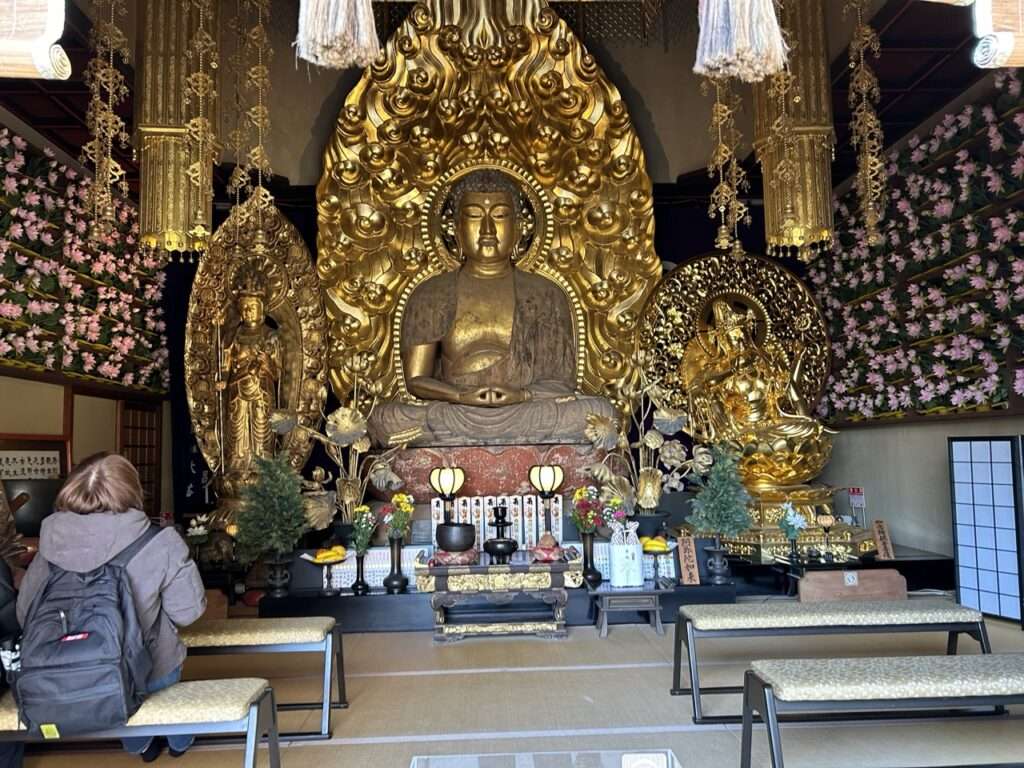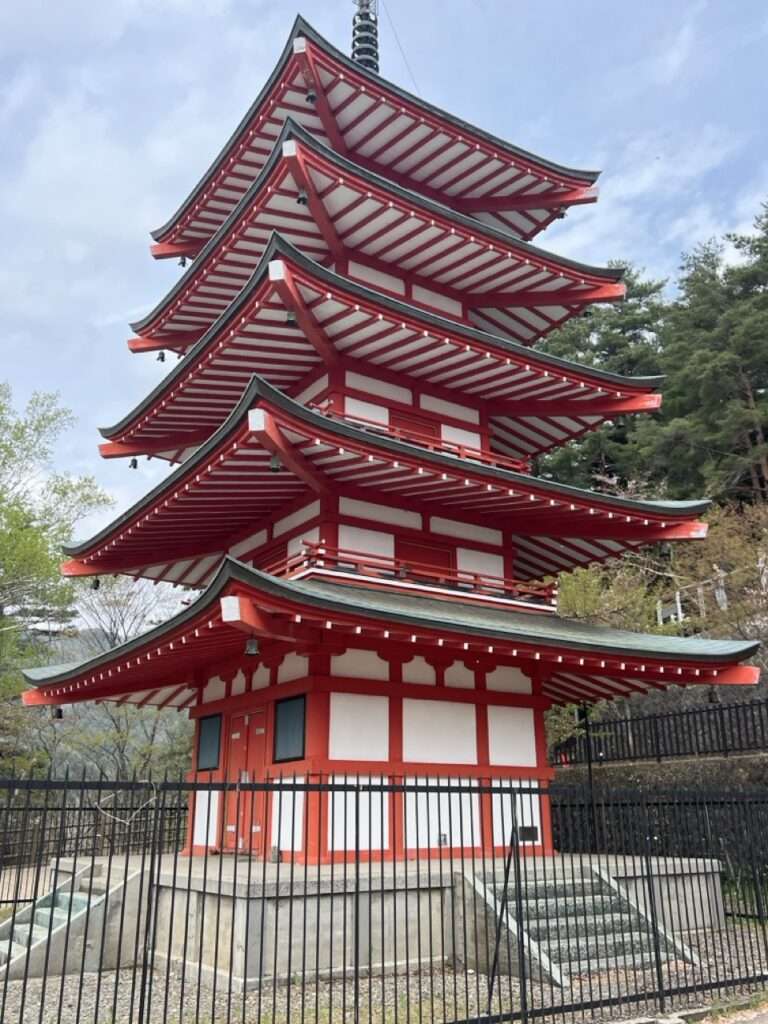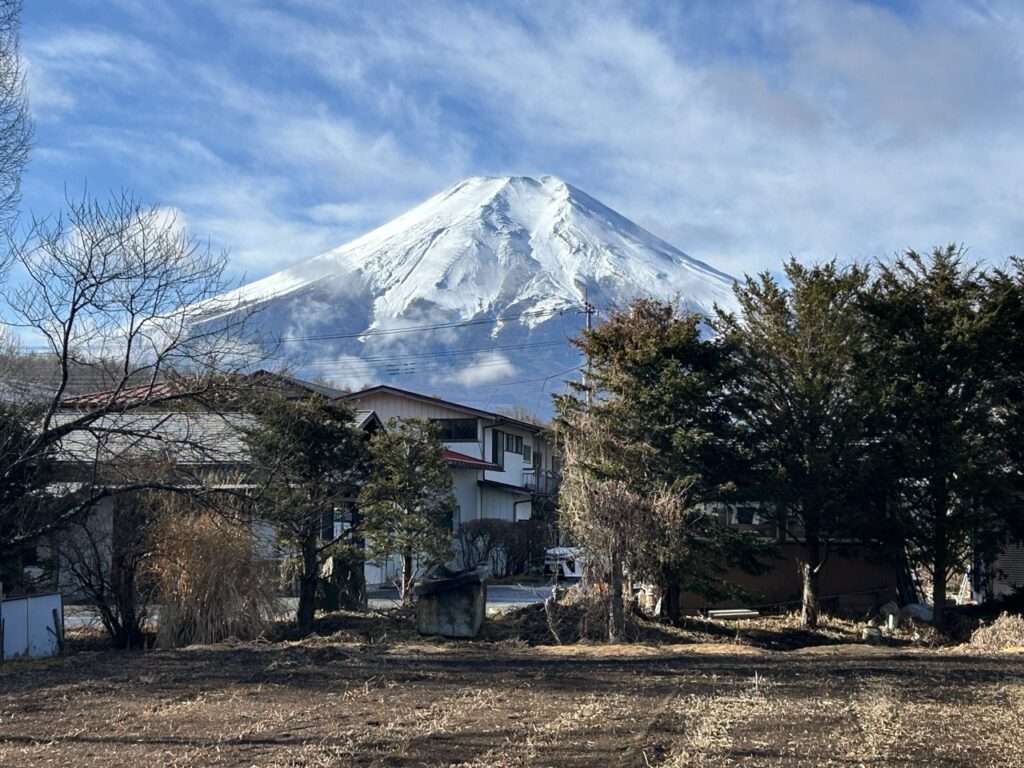The Ultimate Japan Packing List: Essential Items for a Memorable First Trip
Welcome to the ultimate Japan packing list! If you’re planning a memorable first trip to the Land of the Rising Sun, you’ll want to make sure you have all the essential items on hand. Having just traveled to Japan myself for the first time, with my seasoned Japan traveler husband, I needed pointers on things to pack for my trip to Japan.
In this comprehensive guide, I’ll walk you through everything you’ll need to pack to ensure a stress-free and enjoyable adventure in Japan. From practical items like a travel adapter and comfortable walking shoes to cultural necessities like a Japanese phrasebook and smart phone apps, we’ve got you covered.
Whether you’re exploring the bustling streets of Tokyo, immersing yourself in ancient traditions in Kyoto, or experiencing the breathtaking beauty of Mount Fuji, this packing list will ensure that you have everything you need for a smooth and unforgettable journey.
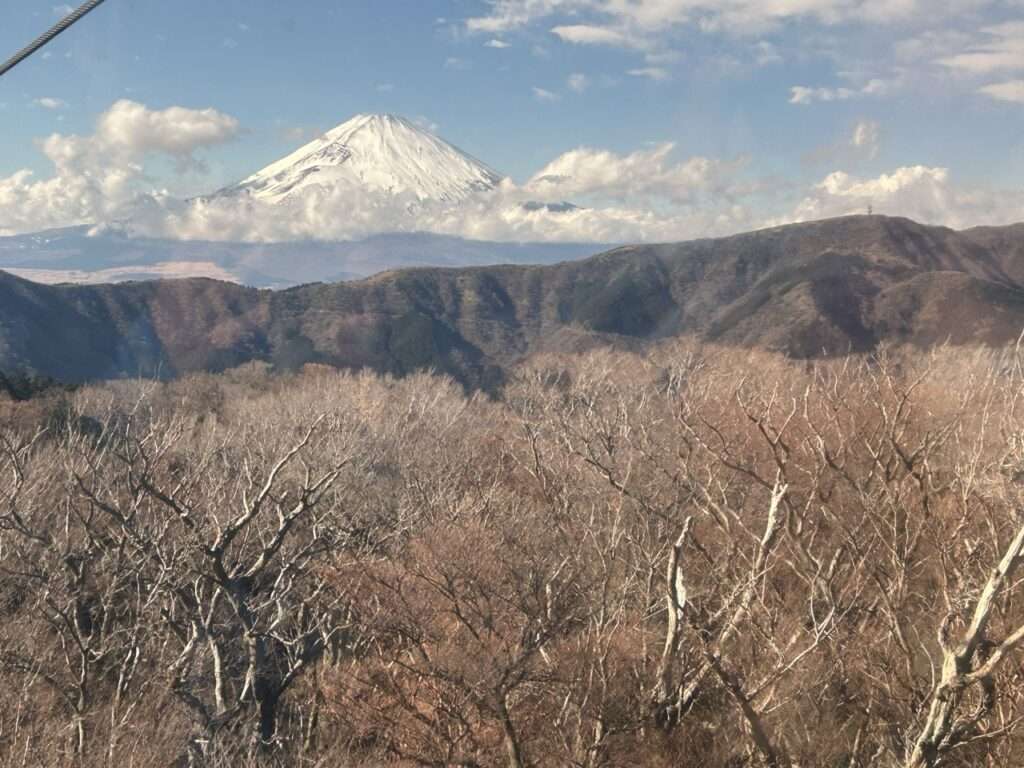
Mount Fuji
Don’t let packing stress spoil your Japan trip. Let us take care of the essentials so you can focus on creating amazing memories in this fascinating country. So grab your suitcase and get ready to embark on the adventure of a lifetime!
So, what are you waiting for? Let’s dive into the must-have items for your first trip to Japan.
Importance of Packing Efficiently for a Trip to Japan
Packing efficiently for a trip to Japan is crucial for ensuring a smooth travel experience. As one of the most visited countries in the world, Japan offers a blend of modern convenience and traditional charm, which can sometimes lead to unexpected challenges. Proper packing not only saves you time and hassle but also allows you to fully immerse yourself in the unique culture and experiences that Japan has to offer. You want to avoid being burdened with unnecessary items, which can weigh you down as you navigate bustling city streets or tranquil temples.
Effective packing begins with understanding the climate and activities you plan to engage in. Japan’s diverse weather patterns can vary significantly depending on the season and region, so it’s essential to tailor your packing list accordingly. Moreover, lightweight and versatile clothing will allow you to mix and match outfits, freeing up space in your luggage for souvenirs and other treasures you may acquire along the way. In a country known for its efficiency, being well-prepared can enhance your travel experience by minimizing stress and maximizing enjoyment.
Additionally, packing smartly means you can focus on what truly matters: experiencing Japan’s incredible culture, cuisine, and landscapes. By ensuring that you have all the essential items on hand, you can navigate your itinerary with ease, from riding the Shinkansen (bullet train) to exploring ancient shrines and bustling markets. With our comprehensive packing list, you’ll be equipped to embark on an unforgettable journey, allowing you to create lasting memories in this fascinating destination.
Clothing Essentials for Different Seasons in Japan
Japan experiences four distinct seasons, each offering its unique charm and climate. Therefore, understanding what to wear during your visit can significantly enhance your comfort and enjoyment.
Spring (March to May)
In spring, cherry blossoms bloom, attracting tourists from around the globe. Light layers are ideal for this season, as temperatures can fluctuate. A lightweight jacket, breathable fabrics, and comfortable clothing will keep you cozy while exploring parks and gardens adorned with sakura (cherry blossoms). Don’t forget a scarf or a light sweater for cooler evenings.

Cherry Blossoms in Subashiri, Japan
Summer (June to August)
Summer in Japan can be hot and humid, especially in urban areas. Lightweight, loose-fitting clothing made from breathable materials like cotton or linen is essential for staying cool. Hats, sunglasses, and sunscreen are also must-haves, as you’ll likely spend a lot of time outdoors. While enjoying festivals and events, you might consider wearing traditional attire such as a yukata, which can enhance your experience and appreciation of Japanese culture. Remember that many indoor spaces, including trains and restaurants, often have strong air conditioning, so a light jacket or shawl can be useful.
Autumn (September to November)
As the leaves turn in autumn, temperatures become cooler, making this season another popular time to visit. Layering is key during this time, as mornings can be chilly while afternoons may warm up. Pack a mix of long-sleeve shirts, cardigans, and a medium-weight jacket. Comfortable shoes are also important, as this is a great season for hiking and exploring Japan’s natural beauty.

Autumn in Japan
Winter (December to February)
Winter brings colder temperatures and, in some regions, snow. If you’re visiting during this time, be sure to pack warm clothing, including thermal layers, a heavy coat, gloves, and a hat. If you plan to visit ski resorts, don’t forget to bring appropriate winter gear.
Comfortable Walking Shoes That Are Easy to Slip On and Off
When traveling in Japan, comfortable walking shoes are an absolute necessity. The country is renowned for its walkability, with many attractions, shops, and restaurants located within walking distance of each other. You’ll likely find yourself exploring bustling streets, historic sites, and beautiful parks, making supportive footwear essential. Look for shoes that offer excellent arch support and cushioning, as you’ll be on your feet for extended periods. Sneakers or travel sandals are great options, providing comfort for long days of exploration.
Another important consideration is the practicality of your footwear concerning Japan’s customs and traditions. Many temples, shrines, and some restaurants require visitors to remove their shoes before entering. Therefore, having shoes that are easy to slip on and off will save you time and effort, allowing you to engage more fully with your surroundings. Opt for shoes with a simple design that can be easily taken off without excessive bending or fussing, which will enhance your overall experience.
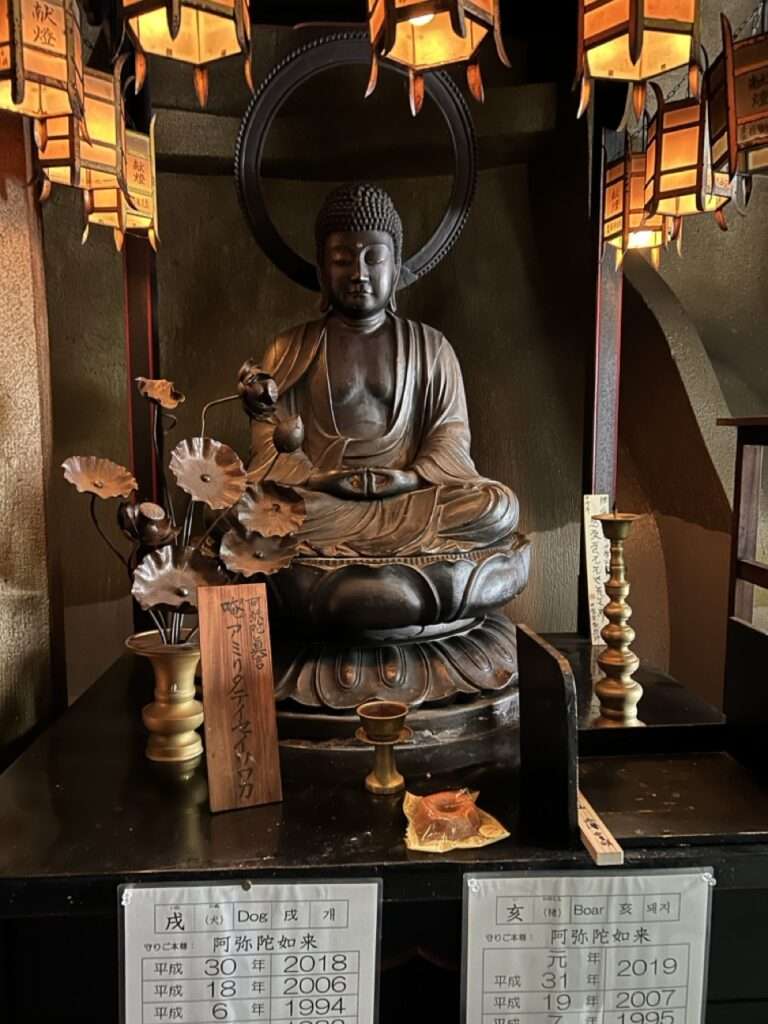
Japanese Shrine in Kyoto
Additionally, be mindful of the weather when selecting your walking shoes. If you are visiting during the rainy season or winter, consider waterproof options to keep your feet dry and warm. Shoes that can handle both city streets and nature trails will serve you well, especially if you plan to explore Japan’s diverse landscapes. With the right footwear, you’ll be ready to take on everything from the iconic Shibuya Crossing to serene mountain hikes, ensuring that your focus remains on enjoying your journey rather than discomfort.
Travel Documents and Money Essentials
Before embarking on your adventure in Japan, ensuring you have all necessary travel documents is of utmost importance. Begin by checking that your passport is valid for at least six months beyond your planned stay. If you are from a country that requires a visa to enter Japan, make sure to apply well in advance. Additionally, it’s wise to make copies of important documents, such as your passport, visa, travel insurance, and itinerary, and keep them stored separately from the originals. This precaution can save you a lot of stress in case of loss or theft.
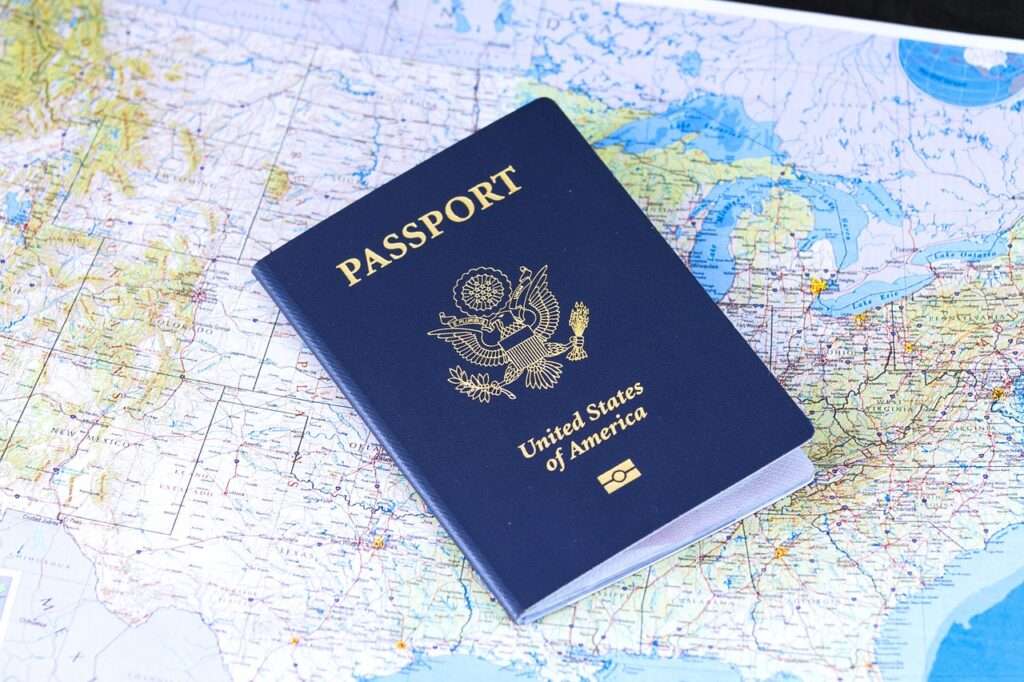
When it comes to money, Japan operates on a cash-based economy, so it’s advisable to carry sufficient yen for your daily expenses. While credit cards are increasingly accepted in larger establishments, many smaller shops, restaurants, and rural areas still prefer cash. Before your trip, consider exchanging some currency to yen at your bank or a currency exchange service. You can also withdraw cash from ATMs upon arrival, but ensure that your bank card is compatible with international transactions. Keeping small denominations handy will facilitate easier transactions, especially in places where tipping is not customary.
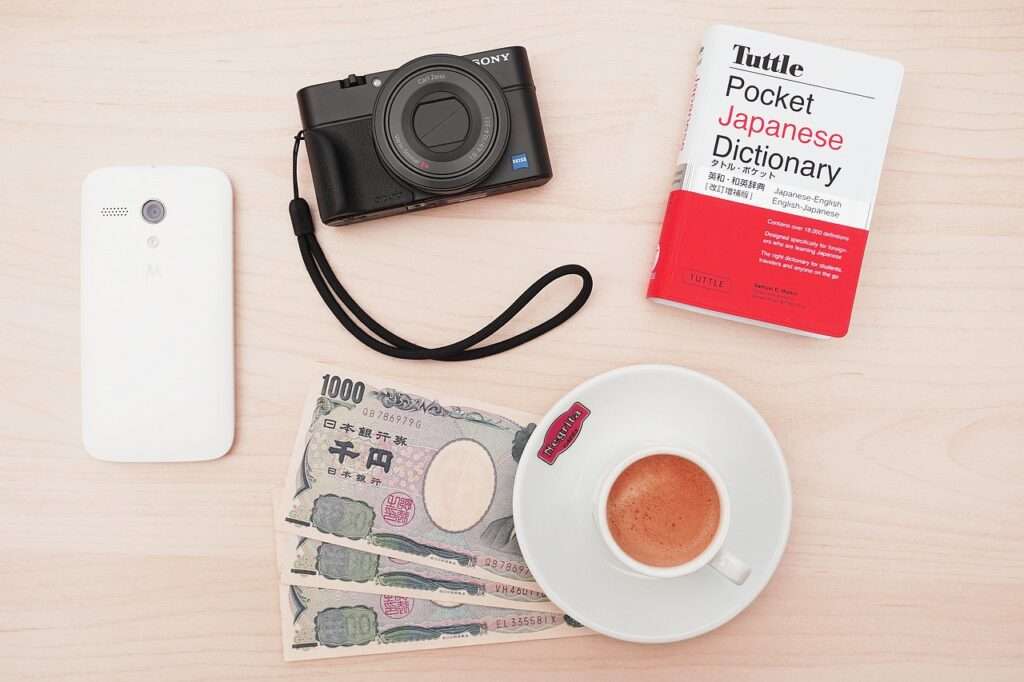
Pack the essentials including Japanese Yen
Additionally, it’s essential to understand the various payment methods available while in Japan. Mobile payment options such as Suica and Pasmo can be incredibly convenient for navigating public transport and making small purchases. These prepaid cards can be loaded with cash and used at vending machines, convenience stores, and even some restaurants. Familiarizing yourself with Japan’s monetary landscape will help you navigate your financial needs smoothly, allowing you to focus on enjoying the wonders of the country without the stress of managing your money.
Japan Rail Pass
One of the most efficient and economical ways to travel around Japan is through the Japan Rail Pass. This pass offers unlimited travel on most trains operated by Japan Railways (JR), including the famous Shinkansen (bullet train) for a specified period. It’s an excellent option for travelers who plan to explore multiple cities, as it can significantly reduce transportation costs. To take advantage of this offer, you must purchase the pass before arriving in Japan, either online or through authorized dealers. Once in Japan, you can easily exchange your voucher for the actual pass at designated JR stations.

Bullet Train in Japan – Get your Rail Pass
Having a Japan Rail Pass not only saves you money but also provides convenience when navigating the extensive rail network. Trains in Japan are known for their punctuality, cleanliness, and efficiency, making it a preferable mode of transportation to reach popular destinations like Tokyo, Kyoto, and Osaka. With the pass, you can hop on and off trains at your leisure, allowing you to explore remote areas and hidden gems that may not be easily accessible otherwise. Be sure to familiarize yourself with the JR lines and routes to maximize your travel experience.
Additionally, while the Japan Rail Pass covers most trains, it’s essential to be aware of the exceptions. Certain trains, such as the Nozomi and Mizuho Shinkansen, are not included in the pass. However, alternative trains that are covered can take you to the same destinations. It’s worthwhile to plan your itinerary carefully and consult the JR website or app for assistance. By utilizing the Japan Rail Pass, you’ll find traveling throughout the country to be a breeze, allowing you to focus on discovering the beauty and culture of Japan without worrying about the logistics of transportation.
Dressing Appropriately in Japan for Shrine and Temple Visits
Visiting Japan’s numerous shrines and temples is a must for any traveler seeking to experience the country’s rich cultural heritage. However, it’s important to dress appropriately to show respect for these sacred spaces. Modesty is key, so avoid wearing revealing clothing, such as shorts or sleeveless tops, especially when visiting more traditional or rural areas. Instead, opt for clothing that covers your shoulders and knees. This not only demonstrates respect for the customs of the place but also allows you to blend in with the local culture.
Footwear is another crucial aspect of dressing for shrine and temple visits. As many of these sacred sites require visitors to remove their shoes before entering, wearing shoes that are easy to slip on and off will enhance your experience. Comfortable sandals, flats, or slip-on shoes are ideal choices. Additionally, remember that some temples may have strict guidelines regarding attire, so it’s wise to check in advance if you plan to visit specific locations.
Lastly, consider the weather when choosing your outfit. If you’re visiting during the colder months, layering is essential, while lightweight fabrics are suitable for warmer seasons. Carrying a light scarf or shawl can also be beneficial, serving as a cover-up or extra warmth when needed. By dressing appropriately for shrine and temple visits, you will not only respect the spiritual significance of these locations but also enrich your own experience as you connect with Japan’s deep-rooted traditions.
Essential Electronics and Gadgets for Your Trip
In today’s digital age, having the right electronics can enhance your travel experience in Japan significantly. First and foremost, a reliable smartphone is an invaluable tool for navigating the country, translating signs, and staying connected with loved ones. Downloading essential apps, such as Google Maps, translation tools, and local transportation apps, will make it easier to explore cities and find your way around. Make sure to also have a portable charger on hand, as you’ll likely be using your phone extensively throughout the day.
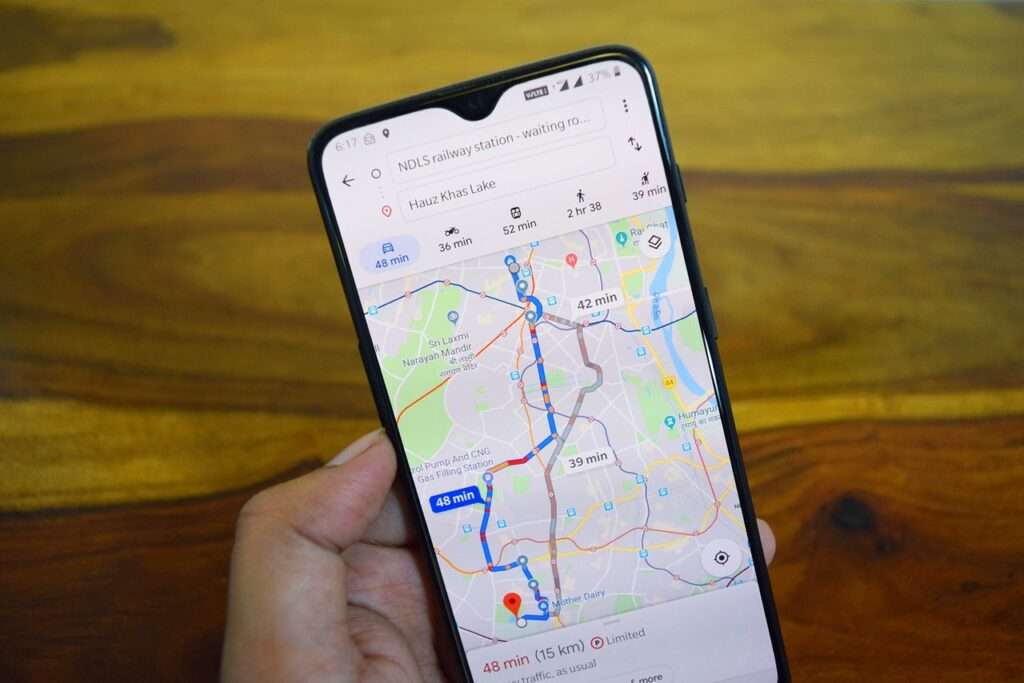
Smart phone – essential things to pack for a trip to Japan
Another important gadget to consider is a good quality camera. Japan is filled with breathtaking landscapes, stunning architecture, and unique cultural experiences that deserve to be captured. Whether you prefer a compact point-and-shoot, your smartphone camera or a more advanced DSLR, ensure you have extra batteries, chargers or memory cards to avoid missing any magical moments. Additionally, consider packing a lightweight tripod if you plan to take long exposure shots or group photos.
Lastly, don’t forget to bring a universal travel adapter. Japan uses Type A and Type B plugs, with a standard voltage of 100V. Having a reliable adapter will allow you to charge your devices without worry. If you plan to stay in accommodations that may not have enough outlets, consider bringing a power strip as well. By equipping yourself with the right electronics and gadgets, you’ll be well-prepared to document your journey and stay connected during your time in Japan.
Useful Travel Accessories for Exploring Japan
While the essentials make up the bulk of your packing list, several travel accessories can greatly improve your experience in Japan. A good quality travel backpack is a must-have, as it provides a convenient way to carry your belongings while exploring cities or hiking scenic trails. Look for a backpack that is lightweight, durable, and has multiple compartments for organization. A daypack can also be handy for carrying essentials during short excursions, allowing you to keep your hands free.
Another useful accessory is a reusable water bottle. Staying hydrated is vital, especially during long days of sightseeing. Japan has a reputation for its clean drinking water, and many public places have water refill stations available. By bringing your water bottle, you can save money and reduce waste from single-use plastic bottles. Some insulated bottles can keep your drinks cold or hot, which can be particularly enjoyable during seasonal transitions.

Umbrella – things to pack for a trip to Japan
Lastly, consider packing a compact umbrella or a lightweight rain jacket. Japan’s weather can be unpredictable, and rain showers can occur at any time, especially during the rainy season. A small, portable umbrella can easily fit into your bag and provide protection when needed. Being prepared for inclement weather will ensure your adventures continue without interruption, allowing you to explore the beauty of Japan, rain or shine.
Packing for your trip to Japan with the Right Essentials
In conclusion, embarking on your first trip to Japan can be an awe-inspiring experience filled with cultural discoveries, delicious cuisine, and stunning landscapes. By packing wisely and including the essential items outlined in this guide, you can ensure a smooth and enjoyable adventure. From understanding the importance of efficient packing to dressing appropriately for shrine visits and having the right electronics and accessories, each aspect contributes to a fulfilling journey.
Remember not to over pack! You want to save room in your suitcase for those souvenirs. We brought home treats, chop sticks, a mini Torii gate, prints of the Golden Pavilion and more!
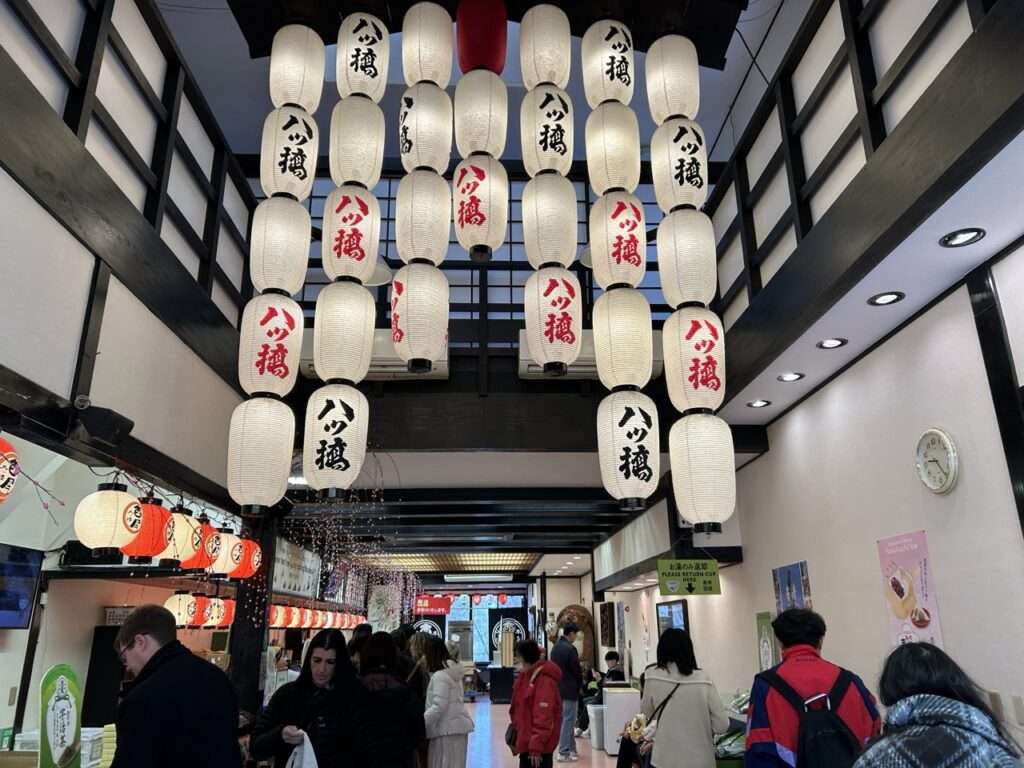
Shopping in Kyoto
As you explore the vibrant neighborhoods of Tokyo, the serene temples of Kyoto, and the breathtaking views of Mount Fuji, remember that preparation is key to making the most of your experience. Embrace the local customs, indulge in the delicious street food, and connect with the friendly locals you meet along the way. Your well-planned packing list will not only alleviate stress but also allow you to immerse yourself fully in the beauty and wonder of Japan.
So, as you prepare for your trip, take a moment to reflect on the memories you will create and the adventures that await you. With the right essentials in tow, you are ready to embark on a journey that will leave you with stories to share for years to come. Safe travels, and enjoy every moment of your unforgettable experience in the Land of the Rising Sun!
Author
Travel Advisor
Let’s Plan a visit to Japan
Suzanne Poirier






